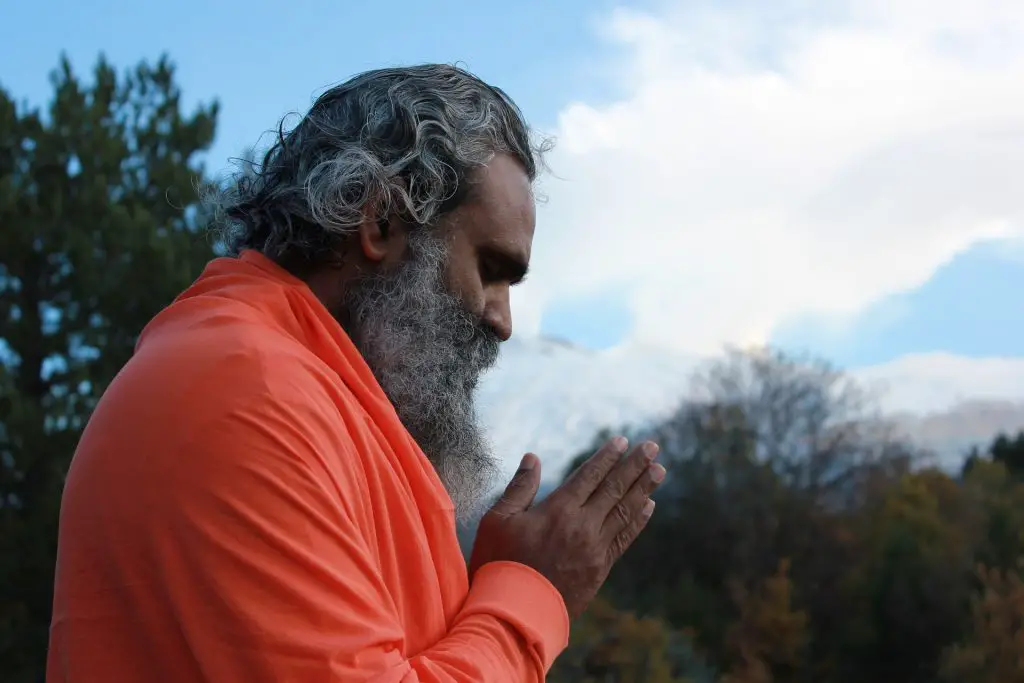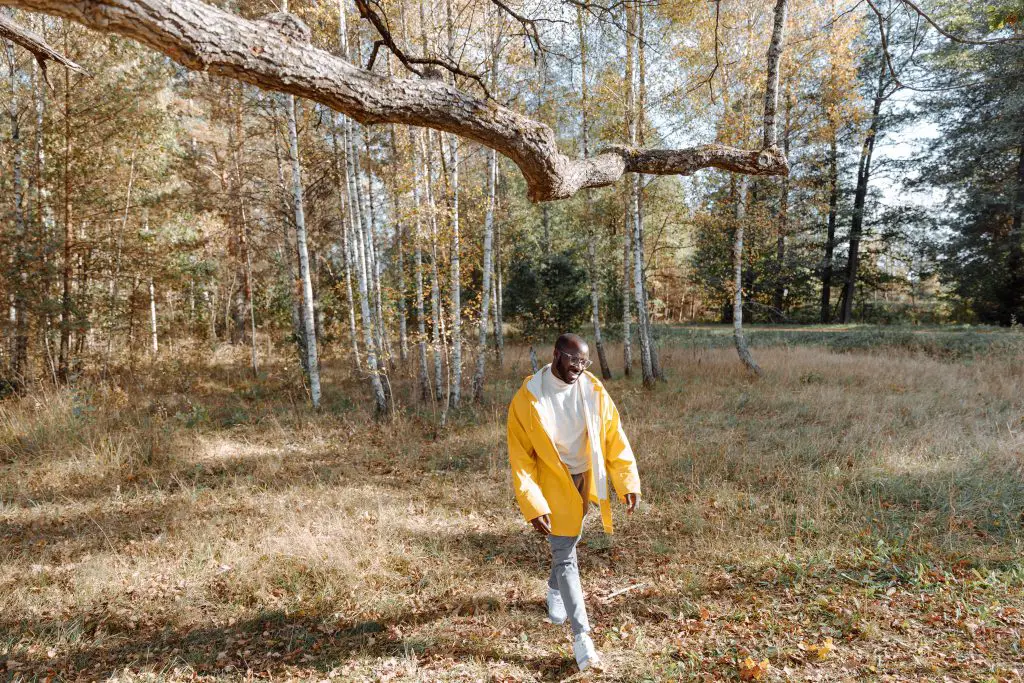Gratitude walking meditation is a mindfulness practice that combines the physical activity of walking with a focus on gratitude, creating an opportunity to improve mental and emotional well-being while engaging in gentle exercise. This practice is particularly beneficial for those seeking a way to boost their mood, relieve stress, and foster a greater sense of appreciation for the world around them.

During a gratitude walking meditation, participants are encouraged to take time to reflect on the people, experiences, and aspects of their lives that they are grateful for. This can be done by synchronizing one’s thoughts and expressions of gratitude with each step taken, or by pausing intermittently to contemplate specific grateful experiences in more depth. Additionally, focusing on the physical sensations of walking and breathing can further enhance the experience, providing a deeper connection to one’s body and surroundings while cultivating a mindset of thankfulness.
Benefits of Gratitude Walking Meditation

Gratitude walking meditation combines the benefits of both walking and gratitude practices, helping to improve an individual’s overall well-being. One significant advantage of this practice is that it can enhance mental health by reducing stress and fostering a more positive outlook on life. Research has shown that a regular gratitude practice can improve mood, combat stress, and even promote better sleep.
Another benefit of gratitude walking meditation is its ability to strengthen personal relationships. Practicing gratitude regularly can enable individuals to appreciate and value their connections with others, ultimately leading to more satisfying and supportive relationships.
Physical health can also be improved through regular participation in gratitude walking meditations. Incorporating walking into this mindfulness practice offers gentle aerobic exercise, which is known to provide numerous benefits for the body, including reduced risk of heart disease, improved balance, and increased strength, among others.
Furthermore, gratitude walking meditation can help individuals develop a greater sense of happiness and life satisfaction. By fostering an increased awareness of the positive aspects of life, individuals may feel more content and fulfilled, contributing to a happier, healthier life. Studies have found that gratitude meditation is associated with a greater sense of happiness and well-being.
Lastly, engaging in gratitude walking meditation can help to enhance spiritual well-being. As individuals focus on what they are grateful for and feel a deeper connection to themselves, others, and their surroundings, they can experience a heightened sense of spirituality and inner peace.
How to Perform a Gratitude Walking Meditation

Gratitude walking meditation is a mindful practice that combines physical movement with the cultivation of appreciation for the things in our lives. To get started with gratitude walking meditation, follow these steps:
1. Choose a suitable environment: Select a peaceful and comfortable location free from obstacles and distractions, such as a quiet park, garden, or even your own backyard.
2. Begin with deep breaths: Before starting your walk, take three deep, cleansing breaths, focusing on inhaling and exhaling completely to calm your mind and center your attention on the present moment.
3. Adopt a moderate pace: Start walking at a pace that allows you to stay mindful and observant throughout the practice. The pace should be slow enough to maintain a focus on your surroundings and thoughts, but not so slow that it causes distraction or discomfort.
4. Focus on gratitude: As you walk, consciously think about the aspects of your life you are grateful for. This could include people, experiences, or even simple pleasures such as the beauty of nature. While you walk, try to synchronize your expressions of gratitude with your steps, creating a rhythmic connection between your physical movement and your thoughts of appreciation.
5. Engage your senses: Use your senses to experience the environment around you more fully. Reflect on how each sensation, from the feeling of the ground beneath your feet to the sounds of birds singing, contributes to the sense of gratitude that you’re fostering during your walk.
6. Wrap up your practice: Once your gratitude walking meditation feels complete, take a few moments to stand still, breathe deeply, and silently express any closing thoughts of gratitude you might have.
By following these steps, you can experience the benefits of combining mindfulness and gratitude during a walking meditation.
Tips for a Successful Walking Meditation

Gratitude walking meditation can bring about a sense of appreciation and mindfulness to your daily routine. To make the most out of your practice, follow these helpful tips:
1. Choose a quiet and soothing environment: Find a peaceful location where you feel comfortable and at ease. It can be a park, a quiet neighborhood, or even your backyard. Make sure the area is free from distractions and potential hazards.
2. Focus on your breathing pattern: As you walk, take deep inhales with every step, followed by a slow exhale in the next step. Keep your breath steady and connect it to the rhythm of your feet as they move. Pay attention to how your breathing changes with your pace, as it can be a helpful way to stay mindful of your walk.
3. Begin with a slower pace: Start your walking meditation at a slow pace. As you become more comfortable and your mind calms down, you may gradually increase your speed. Remember, it’s essential to maintain mindfulness and stay connected to the present moment throughout the practice.
4. Incorporate gratitude into your meditation: As you walk, mentally list the things you’re grateful for. You may choose to focus on one aspect of your life or a variety of things that bring you joy and contentment. The goal is to cultivate a sense of gratitude and appreciation for the present moment.
5. Alternate between sitting and walking meditation: Including both sitting and walking meditation in your practice can provide additional insights and help maintain focus. Walking meditation allows the blood to circulate and can serve as a refreshing change after a sitting meditation session.
Integrating Gratitude Walking Meditation into Your Daily Life
Gratitude walking meditation can be a valuable addition to your daily routine. It combines the benefits of walking and mindful awareness with a focus on gratitude for the things in life we may feel grateful for. To successfully integrate this practice into your daily life, follow these simple steps:
1. Set aside dedicated time: Choose a convenient time during your day for your gratitude walking meditation, such as early morning, during a lunch break, or in the evening. Consistency is vital, so try to schedule this time every day.
2. Find a suitable location: Select a peaceful area with minimal distractions, such as a park, quiet neighborhood, or even your backyard. The stillness of a natural landscape can enhance your experience and appreciation of life.
3. Develop your walking meditation technique: Start by practicing mindful walking, focusing on your body movements, breath, and the sensations in your feet. As you become comfortable with mindful walking, begin to incorporate elements of gratitude into your meditation. Reflect on the things you are grateful for, such as relationships, experiences, or aspects of your surroundings.
4. Use prompts or guided meditations: If you find it challenging to maintain focus during your gratitude walking meditation, consider using prompts or guided meditations to help you stay on track. Resources such as Balance Charleston offer specific techniques and guidance to enhance your practice.
By following these suggestions, you can effectively integrate gratitude walking meditation into your daily life and experience the benefits of increased mindfulness and appreciation for life’s gifts.
